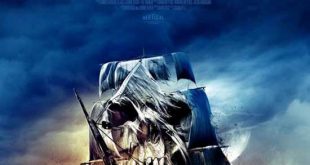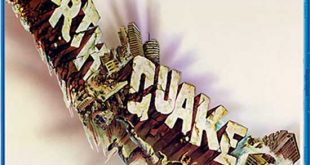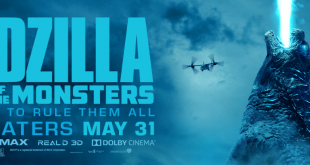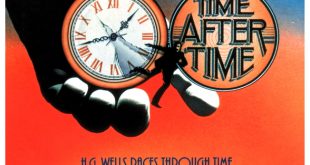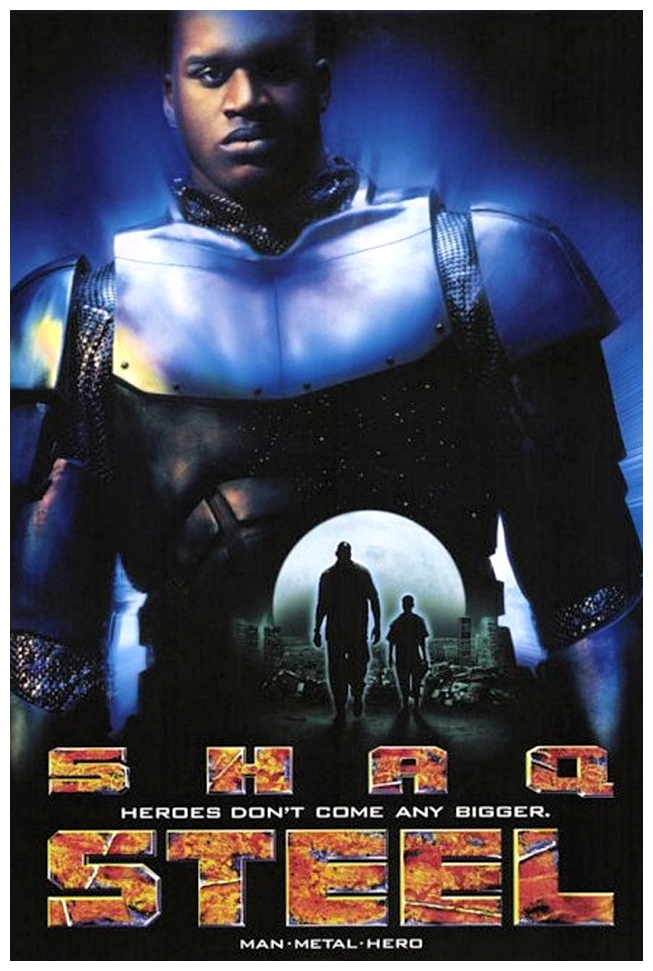
SYNOPSIS:
“John Henry Irons is a weapons designer for the United States military. When his project to create weapons that harmlessly neutralise soldiers is eradicated, he resigns in disgust. When he sees criminal gangs are using the weapons that he helped manufacture on the street, he uses his resources and his Uncle Joe’s equipment in his junkyard to fight back against the man who’s been selling them to those gangs: Nathaniel Burke. John Henry Irons creates an alter ego, a superhero known as Steel, to combat an evil street gang. In order to do so, he uses the resources that are available to him to forge himself a suit of armour and the weaponry necessary to carry out his war on crime.” (courtesy IMDB)
REVIEW:
At the time of this writing, Black Panther (2018) from Disney’s Marvel Studios has grossed US$277.5 million in its first six days domestically, and will undoubtedly cross the US$500 million mark in worldwide box office next week. There has been much fuss made in the media about Black Panther being the first black movie superhero, but these pundits have very short memories, forgetting the likes of The Meteor Man (1993), Spawn (1997), Blade (1998), Hancock (2008) and Steel (1997). Following the much-publicised death of Superman in 1993, DC Comics green-lighted the stories of four separate superheroes who would take the place of the man of steel. One of them, as written by Louise Simonson and illustrated by Jon Bogdanove, was quite literally a man of steel.
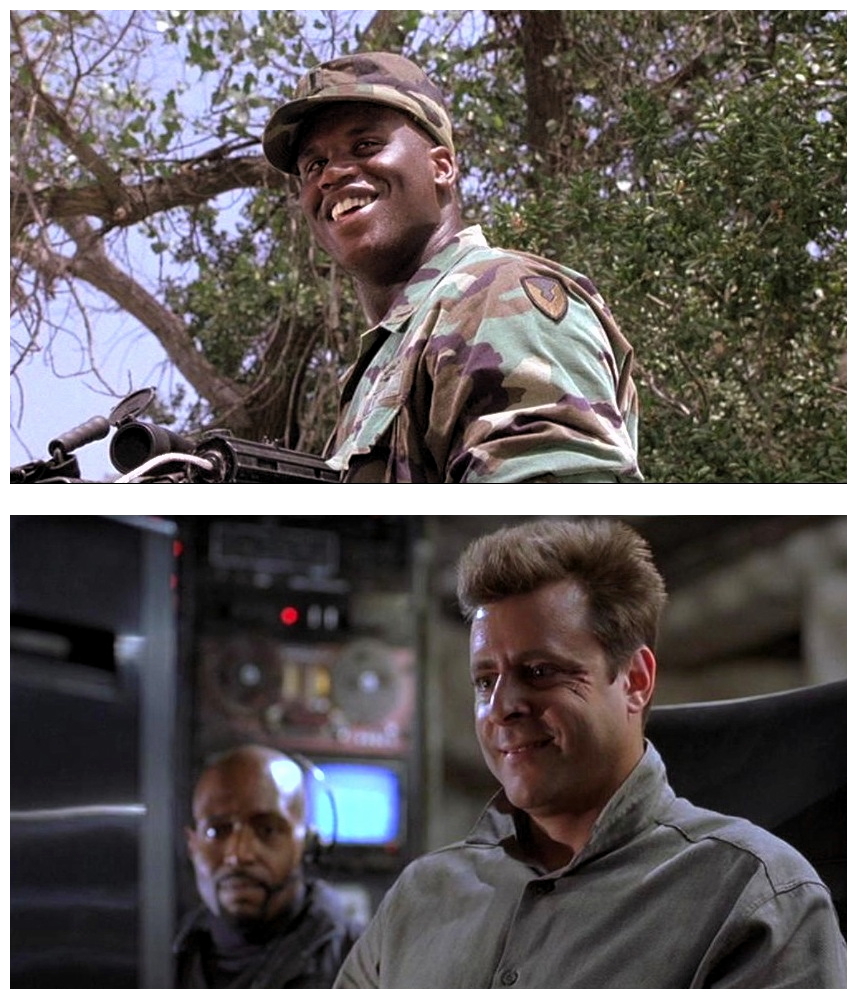
John Henry Irons, an engineer and weapons designer, grows tired of working for the military-industrial complex, and trades his top security clearance for a simpler job as a construction worker. Superman had once saved his life, and Irons felt that he owed him something. So, when the man of steel died at the hands of Doomsday, Irons paid his debt by creating a formidable suit of armour, not unlike the one worn by Iron Man in Marvel Comics, and taking Superman’s place. Irons also carried a gimmick-laden hammer, not unlike Thor. Steel fought many of the same villains that Superman had fought and, even after Superman returned from the dead, Steel continued to fight criminals like the dedicated superhero that he was. In 1994, Steel earned his own comic book title, which lasted for fifty-five issues and two annuals through to July 1998. Then he joined the Justice League of America, and distinguished himself fighting alongside other League members.
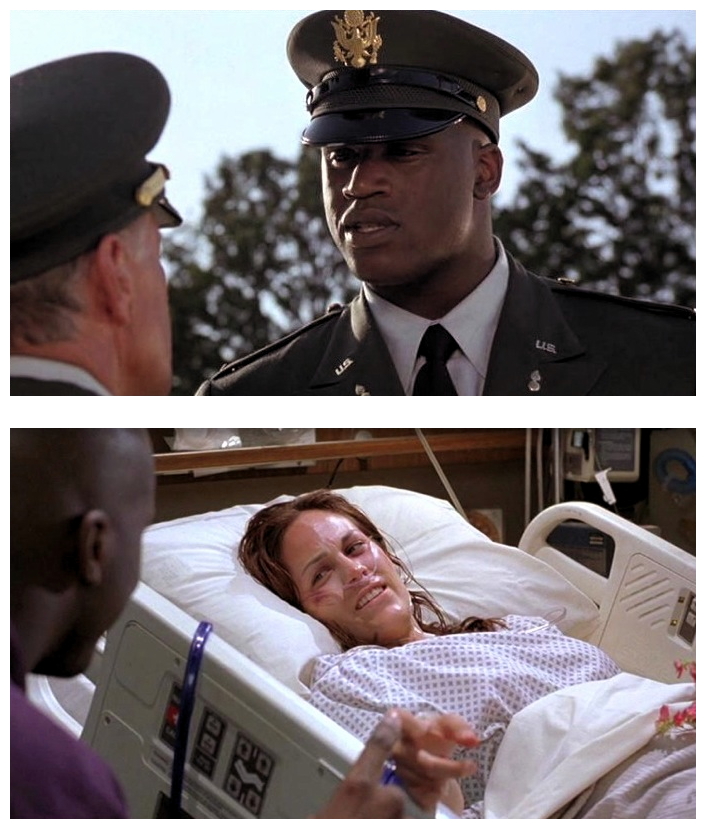
Steel was not the first superhero to use the name, by the way. In 1978 Gerry Conway and Don Heck created a character named Steel The Indestructible Man also known as Captain Steel for DC Comics. After being severely injured in an accident, Hank Heywood has his body rebuilt full of mechanical devices and goes on to fight crime as one of the earliest cybernetic superheroes. Apart from the name they have absolutely nothing in common, but I don’t wish to digress. Shaquille O’Neal, one of the greatest players in the history of basketball, provided Steel with his first media appearance outside the world of comic books in the Warner Brothers feature film Steel (1997). All connections to Superman and the popular comic book series were dropped in order to create a far more urban character. The production was kickstarted by music engineer extraordinaire Quincy Jones and his partner David Salzman. Both Jones and Salzman were fans of the comic character, particularly Jones, who had personal reasons for supporting the project.
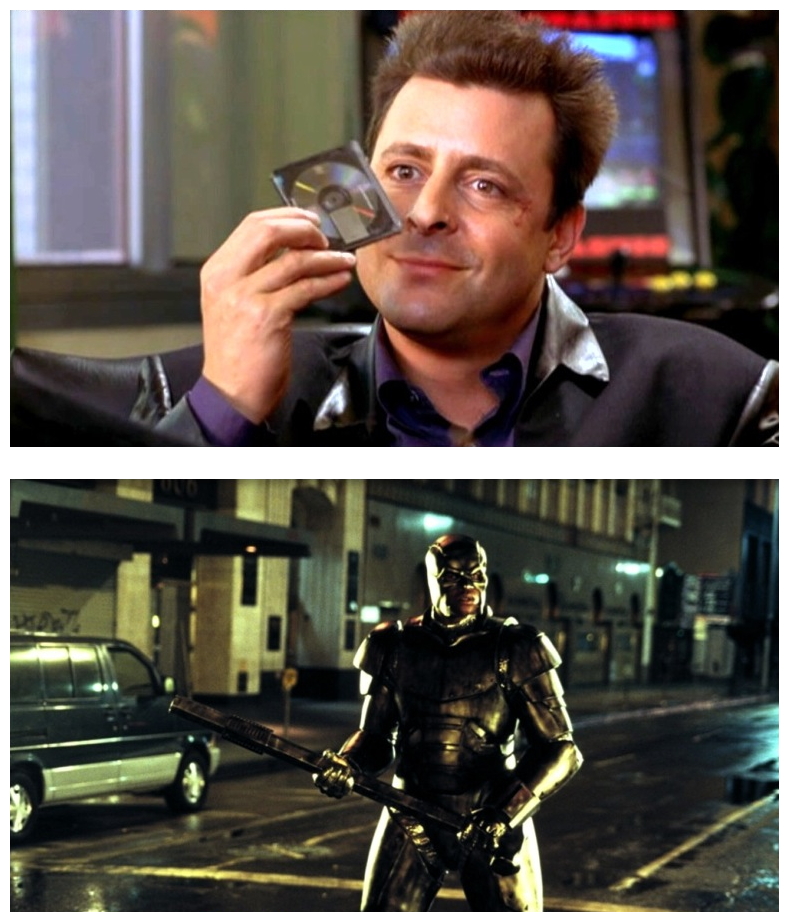
“Children’s perspective on the future has changed for the worse, and I hate seeing young people who don’t believe in the future. Steel – and I don’t want to use that word ‘superhero’ because he doesn’t fly or anything like that – represents a role model. Let’s just call him a superhuman being.” Kenneth Johnson was hired to write and direct. At first Johnson was uninterested in doing a superhero movie, having previously turned down offers to film feature adaptations of his television shows The Bionic Woman, Alien Nation and The Incredible Hulk. Joel Simon was hired to produce, and he wanted Steel to be different, insisting that he was a knight in shining armour in a contemporary setting, so Johnson removed Steel’s cape from his costume to reflect this. He also removed Steel from his normal comic book story-line and replaced it with protagonists and antagonists of his own invention, turning Steel into a blue-collar Batman.
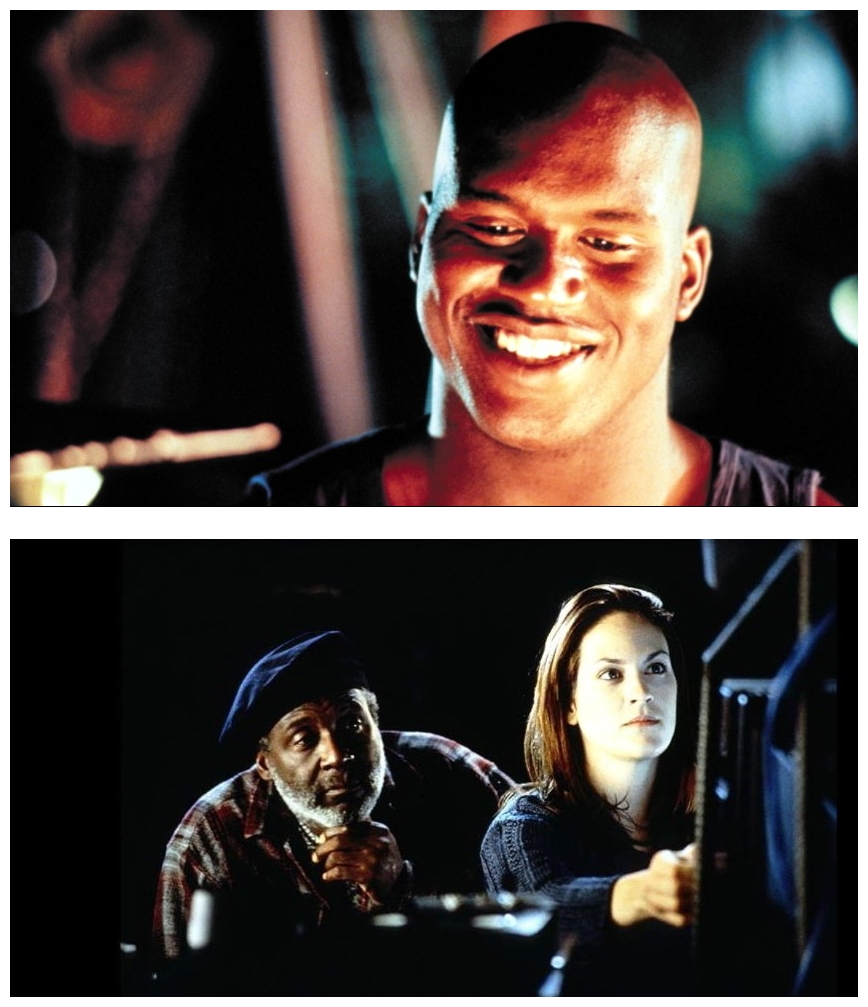
Johnson wanted Wesley Snipes to play Steel but Warner Brothers insisted O’Neal would help sell more merchandise. The schedule consisted of fifty-one days and thirty-two full nights of shooting in downtown Los Angeles, and O’Neal’s busy schedule made directing difficult – he was already committed for playing in the 1996 Summer Olympics and training at the Los Angeles Lakers camp in Hawaii. This left Johnson with only five weeks to complete all of O’Neal’s scenes. Between games O’Neal worked with acting coach Ben Martin and, when O’Neal returned to the film set, he had all his lines memorised. To make matters worse, O’Neal had to perform all of his own stunts because the filmmakers were unable to find a 216 centimetre-tall stunt double for him. The film focuses on John Henry Irons (Shaquille O’Neal) who quits his job designing weapons for the military when his latest project – a harmless neutraliser – goes up in smoke, possible the target of sabotage.
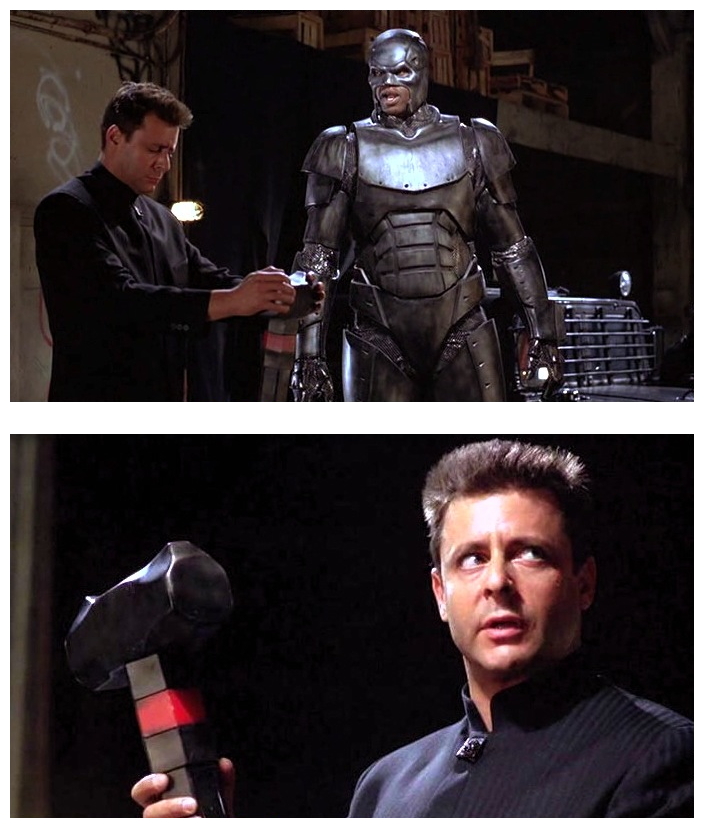
He returns to his home in the low-rent slums of Los Angeles, and finds out that local gangs are responsible for creating an atmosphere of fear and terror. At the junkyard owned by his uncle Joe (Richard Roundtree), he tinkers together an indestructible suit of armour, and goes after the punks who have threatened his friends and family. Kenneth Johnson – who had also created the excellent alien invasion television series ‘V’ – does an okay job in the director’s chair, but O’Neal’s poor acting skills and lack of screen charisma doomed this production even before the very first frame was filmed. Despite having a budget of US$16 million, the entire affair comes across like a second-rate made-for-TV movie and grossed just over US$1.7 million at the box office. In fact, Steel grossed less in its entire run than Batman & Robin (1997) made in its first weekend.

Rotten Tomatoes: “Steel is a badly-acted movie that indulges not only in superhero clichés, but also the sappy TV-movie-of-the-week ones.” Leonard Kladly: “The film is too broad and episodic to attract anything other than the most undemanding crowd.” Peter Stack: “A tolerable stinker of a film that plays like a Saturday morning cartoon.” Lawrence Van Gelder: “Steel is slow to gather momentum and generates little excitement or tension.” Despite the overall negative reception, critics praised Annabeth Gish in the role of the wheelchair-bound Susan Sparks. Based on the DC Comics character Oracle (aka Barbara ‘Batgirl‘ Gordon), Gish is probably the first woman-in-wheelchair action-hero to appear in a Hollywood movie. And it’s on this rather upbeat note I’ll bid you a good night and look forward to doing the zombie stomp with you again next week when I have the opportunity to lay at your feet another dead bird from the dodgy chicken shop known as Hollywood for…Horror News! Toodles!

Steel (1997)
 Horror News | HNN Official Site | Horror Movies,Trailers, Reviews
Horror News | HNN Official Site | Horror Movies,Trailers, Reviews
